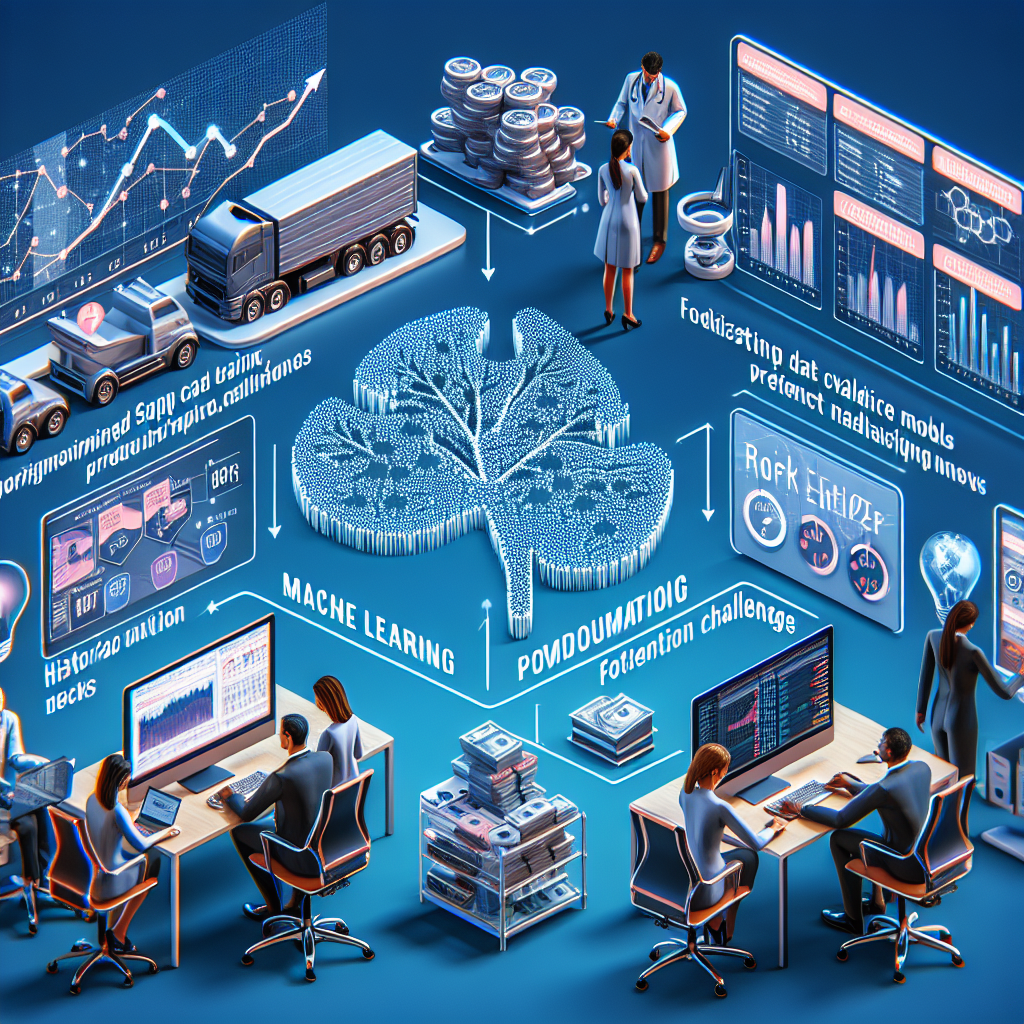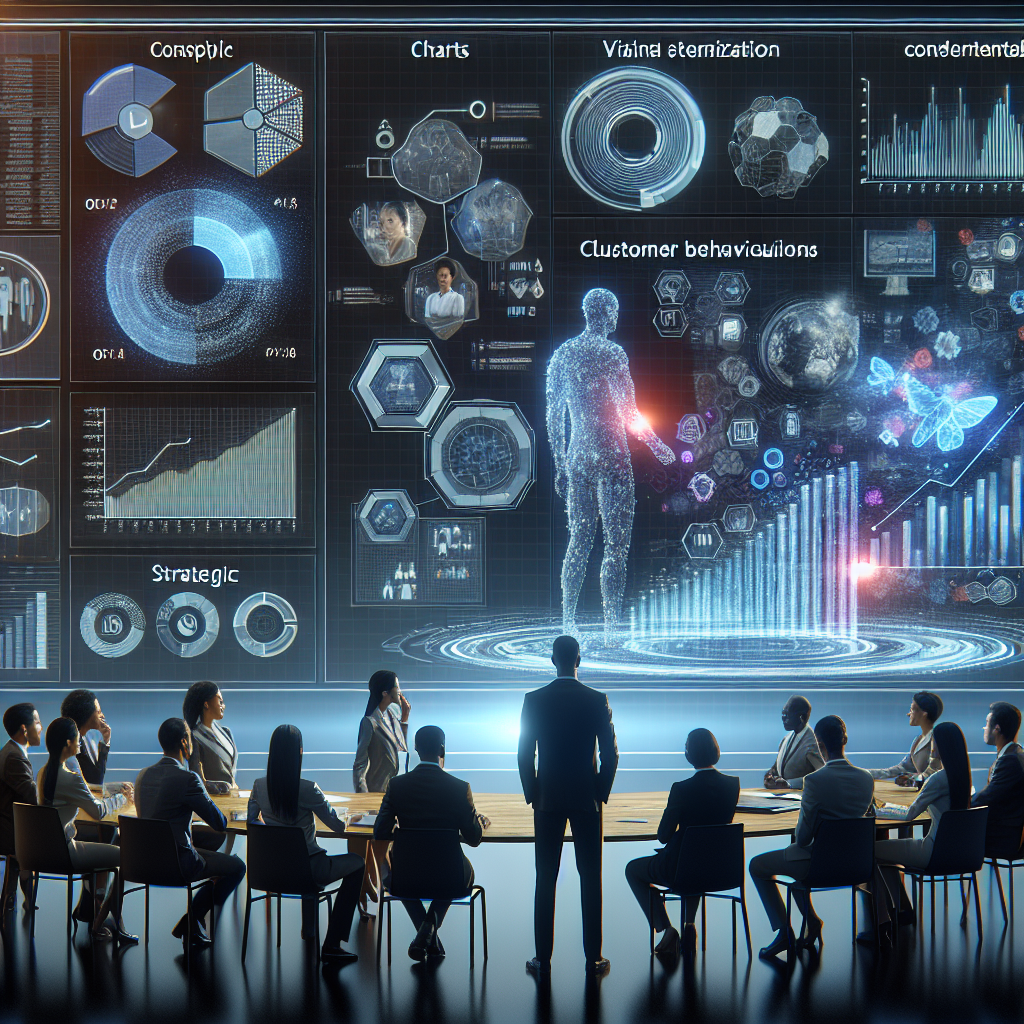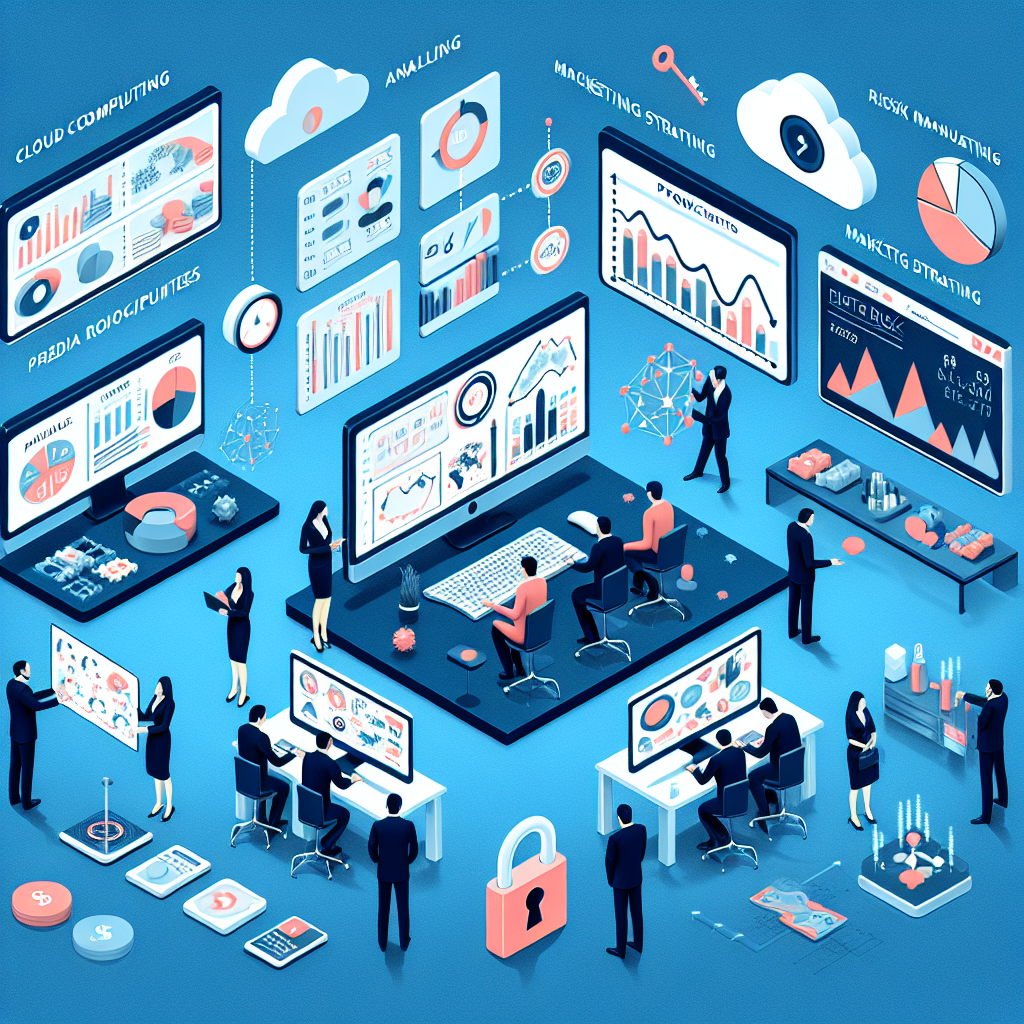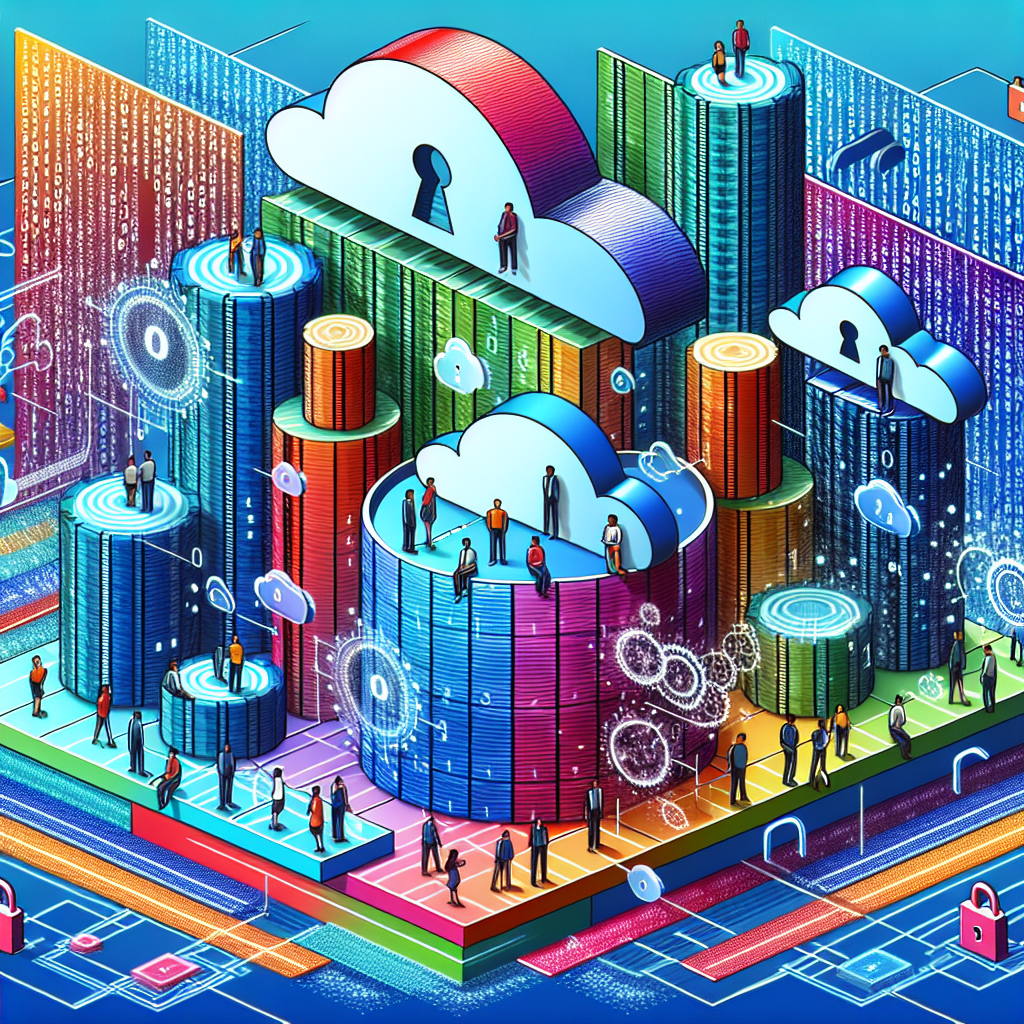Top News
Big data
Discover the latest trends and insights in big data that empower business decisions. Explore the integration of advanced analytics, the focus on data security, and real-life business success stories.
-
Utilizing Big Data for Real-Time Decision Making in Dynamic Business Environments
Saturday, 20 December 2025
-
How Big Data is Redefining Retail Experiences
Saturday, 20 December 2025
-
Harnessing Big Data: The Healthcare Sector's New Lifeline
Saturday, 13 December 2025
-
Harnessing Big Data for Predictive Analytics in Retail
Saturday, 13 December 2025
Glossary
Ever since the invention of computers many developments have shaped human lives. The invention of the internet was a landmark achievement which set up the stage for more things that followed. Many would have thought that the internet was the biggest thing ever but it was only a lead-in to developments in the world of big data, AI and IoT. Big data, AI and IoT have revolutionized the world we live in but what exactly are these terms?
-
What Is Big Data Analytics And Why Do Companies Use It?
Monday, 04 March 2019
Popular Articles
- Most read
- Most commented


























 Explore the rise of innovative data providers transforming data management with advanced analytics and enhanced security solutions. Discover how businesses are leveraging these providers to drive success and boost decision-making.
Explore the rise of innovative data providers transforming data management with advanced analytics and enhanced security solutions. Discover how businesses are leveraging these providers to drive success and boost decision-making.
 Explore how big data providers like Google Cloud and AWS are transforming the market with innovative solutions, enhancing analytics, and data management.
Explore how big data providers like Google Cloud and AWS are transforming the market with innovative solutions, enhancing analytics, and data management.
 Explore how modern data analytics tools are driving business growth by transforming raw data into actionable insights. Learn about the latest trends in AI-driven analytics, user-friendly interfaces, predictive analysis, and real-time data processing.
Explore how modern data analytics tools are driving business growth by transforming raw data into actionable insights. Learn about the latest trends in AI-driven analytics, user-friendly interfaces, predictive analysis, and real-time data processing.
 Discover the trend of new naming conventions in data science tools, enhancing clarity, accessibility, and inclusivity for better data-driven decisions.
Discover the trend of new naming conventions in data science tools, enhancing clarity, accessibility, and inclusivity for better data-driven decisions.